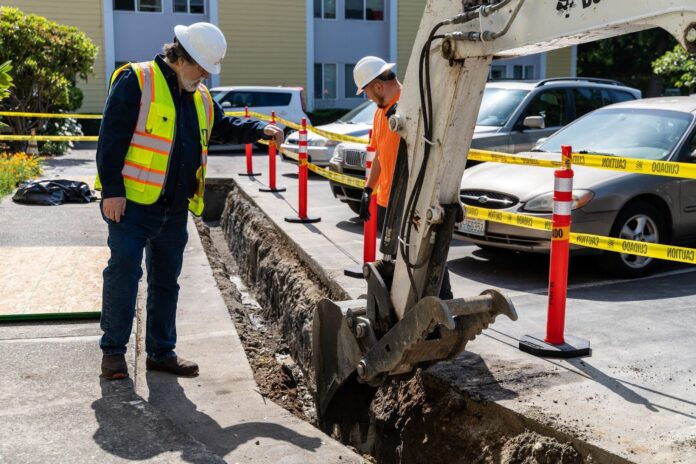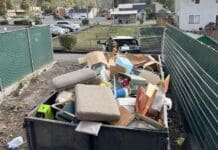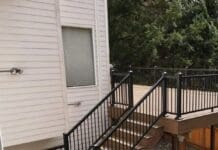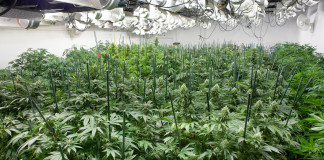Dealing with frequent drainage issues around your home can be frustrating and costly. Effective drainage repair is essential to prevent water damage, erosion, and potential structural problems. This blog post explores common drainage problems and provides practical drainage solutions to help you maintain a dry and healthy environment around your property.
Understanding Common Drainage Problems
1. Poor Slope and Grading
Issue: Improper slope or grading around your home can cause water to pool near foundations, driveways, or low-lying areas.
Solution:
- Regrade the Soil: Adjust the slope away from the foundation using soil or gravel to direct water flow away from your home.
- Install French Drains: Excavate and install perforated pipes surrounded by gravel to redirect water away from problematic areas.
2. Clogged Gutters and Downspouts
Issue: Blocked gutters and downspouts prevent proper rainwater drainage from roofs, leading to overflow and water pooling around the foundation.
Solution:
- Regular Maintenance: Clean gutters and downspouts seasonally to remove leaves, debris, and sediment that block water flow.
- Install Gutter Guards: Use gutter guards to prevent debris buildup while allowing water to flow freely into downspouts.
3. Improperly Installed or Damaged Drainage Systems
Issue: Faulty installation or damage to drainage systems, such as French drains or surface drains, can result in ineffective water diversion and accumulation.
Solution:
- Professional Inspection: Hire a trustworthy drainage specialist to inspect existing systems for damage, leaks, or improper installation.
- Repair or Replace: Repair damaged pipes or components and consider replacing ineffective systems with updated drainage solutions.
Effective Solutions for Frequent Drainage Repairs
1. Implement Surface Drainage Solutions
Tip: Install surface drains, catch basins, or channel drains in low-lying areas or near downspouts to collect and divert surface water away from your home.
2. Opt for Permeable Surfaces
Tip: Use permeable paving materials, such as gravel, permeable concrete, or porous pavers, to allow rainwater to infiltrate the ground rather than pooling on surfaces.
3. Create Rain Gardens
Tip: Designate a rain garden with native plants and porous soil to absorb and filter rainwater, reducing runoff and enhancing landscaping aesthetics.
4. Consider Dry Wells or Soakaways
Tip: Install dry wells or soakaways to collect excess water and gradually release it into the soil, preventing surface flooding and erosion.
5. Address Foundation Waterproofing
Tip: Apply waterproof coatings or sealants to basement walls and foundations to protect against moisture infiltration and potential structural damage.
6. Manage Stormwater Runoff
Tip: Direct roof runoff away from foundations by extending downspouts with splash blocks or flexible extensions to guide water flow away from vulnerable areas.
7. Monitor and Maintain Regularly
Tip: Conduct routine inspections of drainage systems, gutters, and downspouts to identify and address issues before they escalate into costly repairs.
Conclusion
By understanding common drainage problems and implementing proactive solutions, you can effectively manage water around your home, prevent damage, and maintain a safe and dry environment. Regular maintenance and strategic upgrades to drainage systems ensure long-term functionality and protect your property investment. Consult with drainage professionals for complex issues and adhere to local regulations when implementing drainage solutions. With these practical tips, you can address frequent drainage repairs and create a healthier, more resilient home environment.










